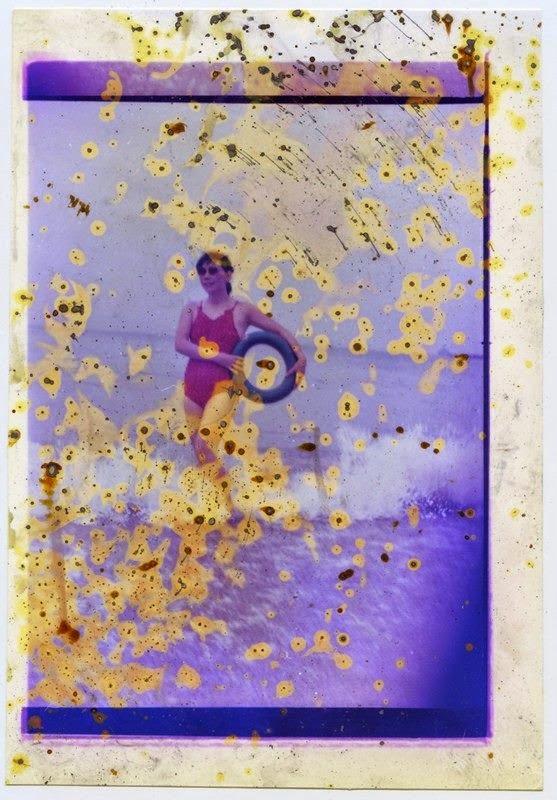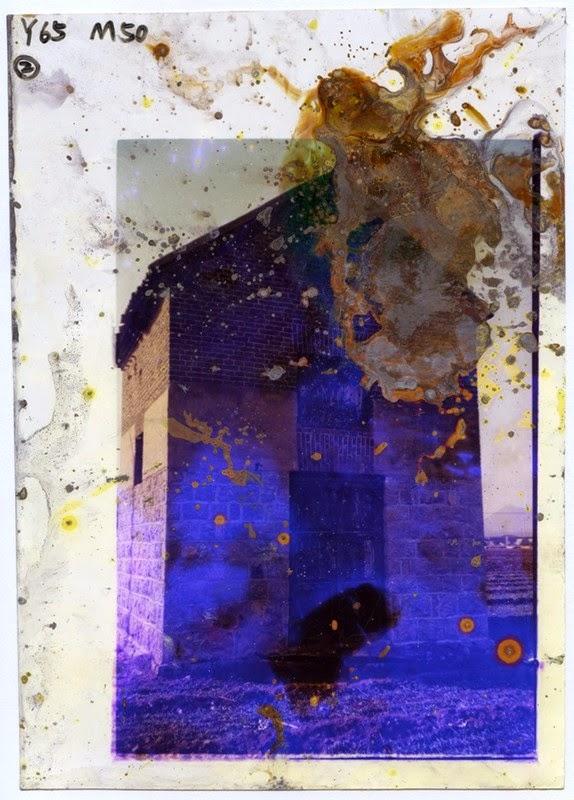
Thomas Sauvin a récupéré un demi-million de négatifs anonymes pris en Chine entre 1985 et 2005, époque à laquelle le numérique prend le dessus sur la photographie argentique. Dans la série Lunar Caustic, née de sa collaboration avec la photographe Melinda Gibson, les photographies d’archive sont brulées par l’acide et le nitrate d’argent, afin d’isoler la véritable essence de l’image. Elle devient alors une image instable, décolorée, recontextualisée, montrant le portrait déjà évanescent de la Chine au lendemain de la révolution culturelle.
Le sujet de Lunar Caustic est moins la question anthropologique de la conservation de la mémoire que la création de nouvelles images qui rendent visible leur évanescence, leur destructibilité par l'utilisation des matériaux dont elles sont pourtant constituées. Une sorte de mise en évidence d'une autodestruction présente dans la photographie elle-même.


«When applying acid and nitrate to an existing image, we focused less upon the salvaged image, and more upon those millions of images that suffered another fate. We’re examining their organic disappearance.»

«It’s a tale of rescue and destruction. Images ultimately destined for ruin are now taken to the very threshold of disappearance, frozen between stages, part rescued and part destroyed by the very compounds used in their creation, that of silver nitrate. This binding of the two processes, physically reworked handprints with acid and nitrate, creates a new space for interpretation, elevating the simplicity of the process and the final product, but furthermore echoing the spontaneous, uncontrollable nature of the damaged negatives, where gradual organic matter grows over the imagery.»
Source: Daze
